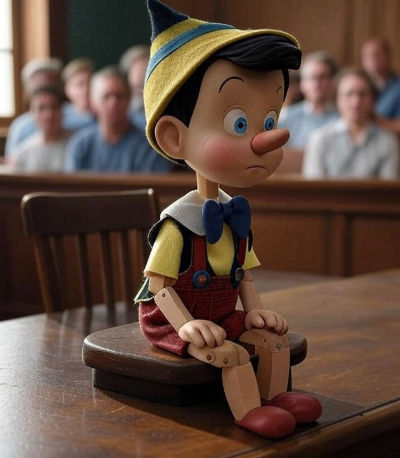
Fermat’s little theorem says that if p is a prime and a is not a multiple of p, then
ap−1 = 1 (mod p).
The contrapositive of Fermat’s little theorem says if
ap−1 ≠ 1 (mod p)
then either p is not prime or a is a multiple of p. The contrapositive is used to test whether a number is prime. Pick a number a less than p (and so a is clearly not a multiple of p) and compute ap−1 mod p. If the result is not congruent to 1 mod p, then p is not a prime.
So Fermat’s little theorem gives us a way to prove that a number is composite: if ap−1 mod p equals anything other than 1, p is definitely composite. But if ap−1 mod p does equal 1, the test is inconclusive. Such a result suggests that p is prime, but it might not be.
If ap−1 = 1 (mod p), then a is a witness to the primality of p. It’s not proof, but it’s evidence. It’s still possible p is not prime, in which case a is a false witness to the primality of p, or p is a pseudoprime to the base a.
Until I stumbled on a paper [1] recently, I didn’t realize that on average composite numbers have a lot of false witnesses. For large N, the average number of false witnesses for composite numbers less than N is greater than N15/23. Although N15/23 is big, it’s small relative to N.
However, your chances of picking one of these false witnesses, if you were to choose a base a at random, is small, and so probabilistic primality testing based on Fermat’s little theorem is practical, and in fact common.
Note that the result quoted above is a lower bound on the number of false witnesses. You really want an upper bound if you want to say that you’re unlikely to run into a false witness by accident. The authors in [1] do give upper bounds, but they’re much more complicated expressions than the lower bound.
Related posts
- Fast exponentiation
- Testing for primes less than a quintillion
- What does it mean to say a number is probably prime?
[1] Paul Erdős and Carl Pomerance. On the Number of False Witnesses for a Composite Number. Mathematics of Computation. Volume 46, Number 173 (January 1986), pp. 259–279.
The post False witnesses first appeared on John D. Cook.